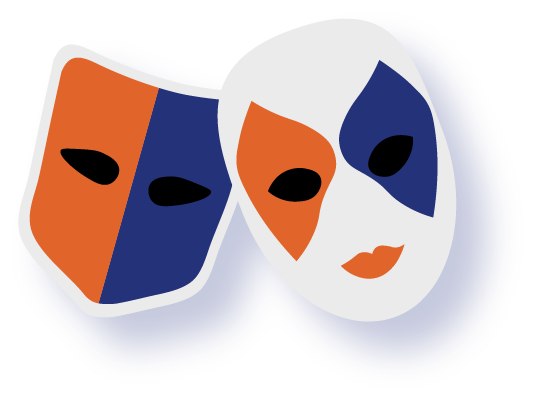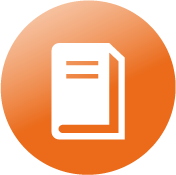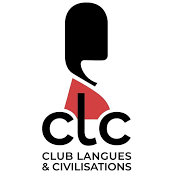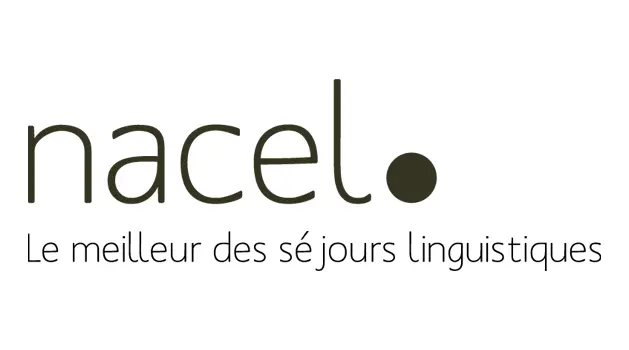
Italian grammar: The fundamentals for mastering the language
 Learn now
Learn now
Summary
of the page
>
The Italian alphabet
>
Articles in Italian
>
Pronouns in Italian
>
Verbs in Italian
>
Italian sentence structure and syntax
>
Our conclusion on Italian grammar
Italian grammar is the very foundation of language proficiency. Understanding its nuances and rules not only allows you to express yourself correctly, but also gives you a deep understanding of the structure of the language. In this article, we will explore the main aspects of Italian grammar, from articles to verbs, providing clear explanations and concrete examples to help learners progress in their Italian studies.
The Italian alphabet
Learn Italian commence par la familiarisation avec son alphabet, qui présente quelques particularités distinctives. L'alphabet italien, composé de 21 lettres, présente une particularité bicamérale. Voici les lettres de l'alphabet italien, y compris les diacritiques : A a B b C c D d E e F f G g H h I i L l M m N n O o P p Q q R r S s T t U u V v Z z. Il est à noter que les lettres J j, K k, W w, X x et Y y sont utilisées exclusivement pour les emprunts linguistiques. Dans la classification alphabétique, les consonnes impures comprennent les lettres ou les combinaisons de lettres suivantes : ps, pn, gn, x, z ou s suivie d'une autre consonne. Ce classement suit la même logique qu'en français. Pour aller plus loin consulter notre page sur the Italian alphabet and its pronunciation.
Articles in Italian
Definite articles
Definite articles in Italian are used to refer to specific objects or people. Here are some rules for using definite articles:
- Usage : Les articles définis "il", "lo", "la", "i", "gli", et "le" correspondent respectivement à "le", "le", "la", "les" (pour les mots masculins), "les" (pour les mots commençant par une voyelle ou un "z" suivi d'une consonne), et "les" (pour les mots féminins).
- Example : "il libro" (le livre), "la casa" (la maison), "i ragazzi" (les garçons), "le ragazze" (les filles).
Indefinite articles
Indefinite articles in Italian are used to refer to a thing or person in a non-specific way. Here are some explanations and variations concerning indefinite articles:
- Explanation : Les articles indéfinis sont "un" pour les mots masculins et "una" pour les mots féminins. Ils se déclinent également en "uno" pour les mots masculins commençant par une voyelle ou un "z" suivi d'une consonne.
- Example : "un libro" (un livre), "una casa" (une maison), "uno zaino" (un sac à dos).
Pronouns in Italian
Personal pronouns
Personal pronouns in Italian are used to replace nouns or groups of words in a sentence. Here is a description of personal pronouns and their functions:
- Description : Les pronoms personnels sujets en italien sont "io" (je), "tu" (tu), "lui/lei" (il/elle), "noi" (nous), "voi" (vous), et "loro" (eux). Ils varient selon la personne grammaticale et le nombre.
- Examples : "Io vado al lavoro." (Je vais au travail.), "Tu sei mio amico." (Tu es mon ami.), "Lei parla italiano." (Elle parle italien.).
Possessive pronouns
Possessive pronouns in Italian are used to indicate possession. Here is how they are used with practical examples:
- Usage : Les pronoms possessifs en italien sont "mio" (mon), "tuo" (ton), "suo" (son/sa), "nostro" (notre), "vostro" (votre), et "loro" (leur). Ils s'accordent en genre et en nombre avec le nom possédé.
- Examples : "La mia casa è grande." (Ma maison est grande.), "Interessante il tuo articolo sui libri per imparare l'italiano." (Ton article sur les livres pour apprendre l'italien est intéressant.), "Il nostro gatto è nero." (Notre chat est noir.).
Demonstrative pronouns
Demonstrative pronouns in Italian are used to refer to a specific element in space or time. Here is an explanation of their use with examples:
- Explanation : Les pronoms démonstratifs en italien sont "questo" (ceci), "quello" (cela), et "quanto" (combien). Ils s'accordent en genre et en nombre avec le nom auquel ils se réfèrent.
- Examples : "Questo libro è interessante." (Ce livre est intéressant.), "Quella casa è grande." (Cette maison est grande.), "Quanto costa?" (Combien ça coûte?).
Verbs in Italian
Conjugations
Italian verb conjugations are essential for expressing actions and states in different situations. Here is an overview of Italian verb conjugations:
Presentation : Les verbes en italien se conjuguent selon leur infinitif et leur modèle de conjugaison. Ils peuvent être réguliers ou irréguliers, ce qui signifie qu'ils suivent des règles spécifiques ou qu'ils ont des formes qui ne suivent pas de schéma prévisible.
Exemples de conjugaison :

Verb tenses
Italian verb tenses allow you to express when the action takes place. Here is an explanation of the different Italian verb tenses with examples:
Explanation : Les temps verbaux principaux en italien sont le présent, le passé (passato prossimo, imparfait, passé simple), le futur, le conditionnel, et le subjonctif. Chaque temps a ses propres règles de formation et d'utilisation.
Exemples pour chaque temps verbal :

Italian sentence structure and syntax
Italian syntax is fundamental for forming correct and coherent sentences. Here are the basic rules for constructing sentences in Italian, accompanied by practical examples:
- Word order : En italien, l'ordre des mots est généralement sujet-verbe-complément. Cependant, il peut varier en fonction de l'accentuation souhaitée ou de l'importance accordée à certains éléments de la phrase. Par exemple, "Io leggo un libro" (Je lis un livre).
- Subject-verb agreement : Le verbe doit s'accorder en nombre et en personne avec le sujet de la phrase. Par exemple, "Tu mangi la pizza" (Tu manges la pizza).
- Adjective agreement : Les adjectifs s'accordent en genre et en nombre avec le nom qu'ils qualifient. Par exemple, "Il cane nero" (Le chien noir), "La macchina rossa" (La voiture rouge).
- Place of adverbs : Les adverbes sont généralement placés après le verbe. Par exemple, "Lui parla lentamente" (Il parle lentement).
- Using prepositions : Les prépositions sont utilisées pour indiquer la relation entre les éléments de la phrase. Par exemple, "Vado al lavoro" (Je vais au travail).
- Formulation of questions : En italien, les questions peuvent être formées en inversant l'ordre du sujet et du verbe ou en ajoutant simplement un point d'interrogation à la fin de la phrase. Par exemple, "Mangi la pizza?" (Manges-tu la pizza?), "Dove vai?" (Où vas-tu?).
By following these basic rules and practicing with concrete examples, you will be able to construct correct sentences in Italian and improve your command of the language.
Our conclusion on Italian grammar
In conclusion, this article has covered the main aspects of Italian grammar, from the alphabet to sentence construction, including articles, pronouns, verbs, and syntax.
It is essential to understand and master these fundamental concepts in order to progress in learning Italian. We strongly encourage learners to practice Italian grammar regularly, whether by reading texts, writing sentences, or conversing with native speakers.
With practice and perseverance, you will develop a solid understanding of Italian grammar and make effective progress in learning the language. Buon apprendimento! (Happy learning!)
Your questions
on learning Italian
How do you learn fast?
Where can I learn Italian for free?
How can I learn on my own?
Is Italian difficult?
Language Club
The blog that tells you everything about languages


Language Club
The blog that tells you everything about languages


All languages to learn
Certification preparation courses available

Toeic
They learned a new language with Globe Speaker





Très compétent, bon suivi, bon site et excellente méthodologie.

Diane • 28 ans
Niveau A1 à B1 - Abonnement Premium





Complète et évolutive.

Louis • 65 ans
Niveau A1 à B1 - Abonnement Premium





J'ai apprécié de travailler sur la plateforme Globe Speaker, autant de fois que je le voulais ou pouvais, ainsi qu'avec Maria pour la partie coaching.

Véronique • 41 ans
Niveau A2 à B2 - Abonnement Premium CPF





Plateforme très pédagogique, et adaptée à tous les âges. J'ai vraiment eu l'impression d'apprendre.

Maria • 28 ans
Niveau A1 à B1 - Abonnement Premium





Très bonne application utilisable n'importe quand n'importe où.

Steven • 27 ans
Niveau A2 à B2 - Abonnement Premium






































